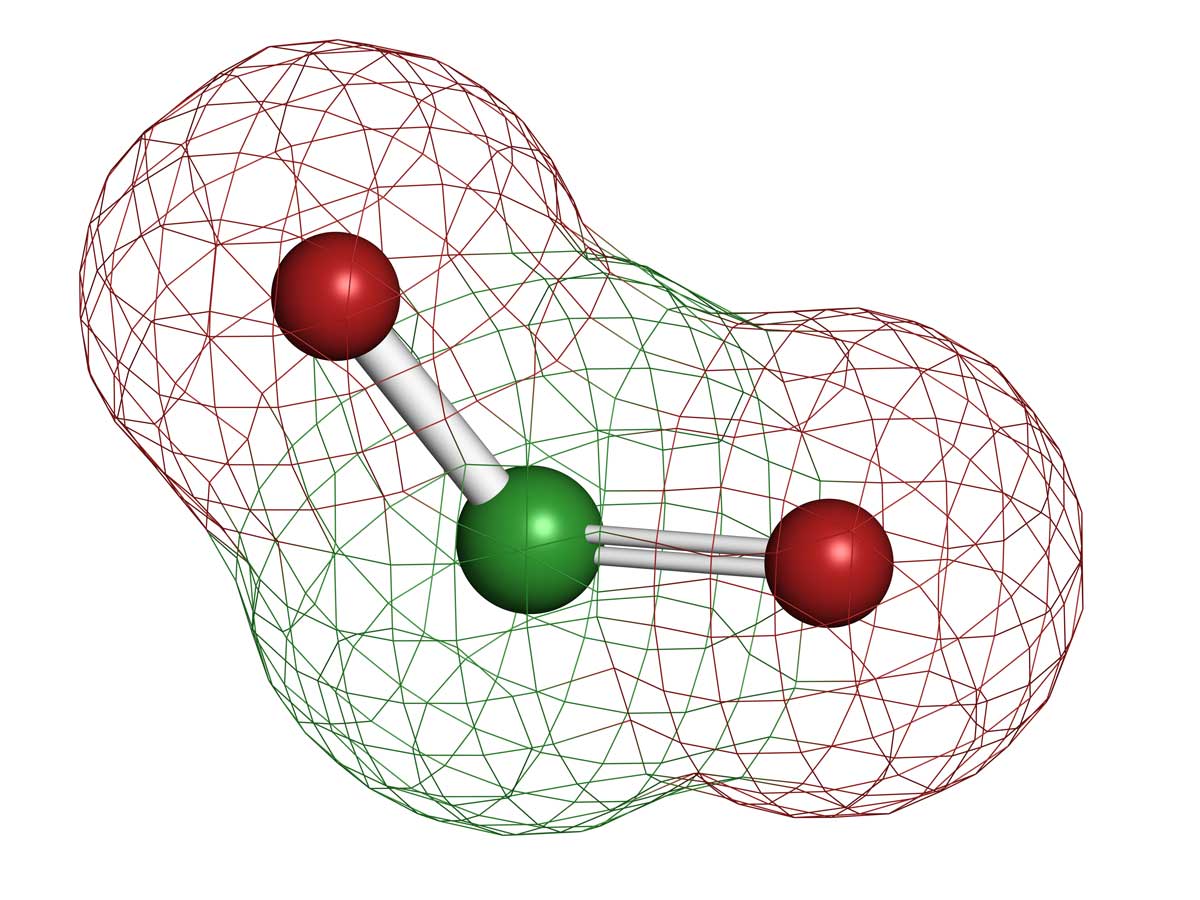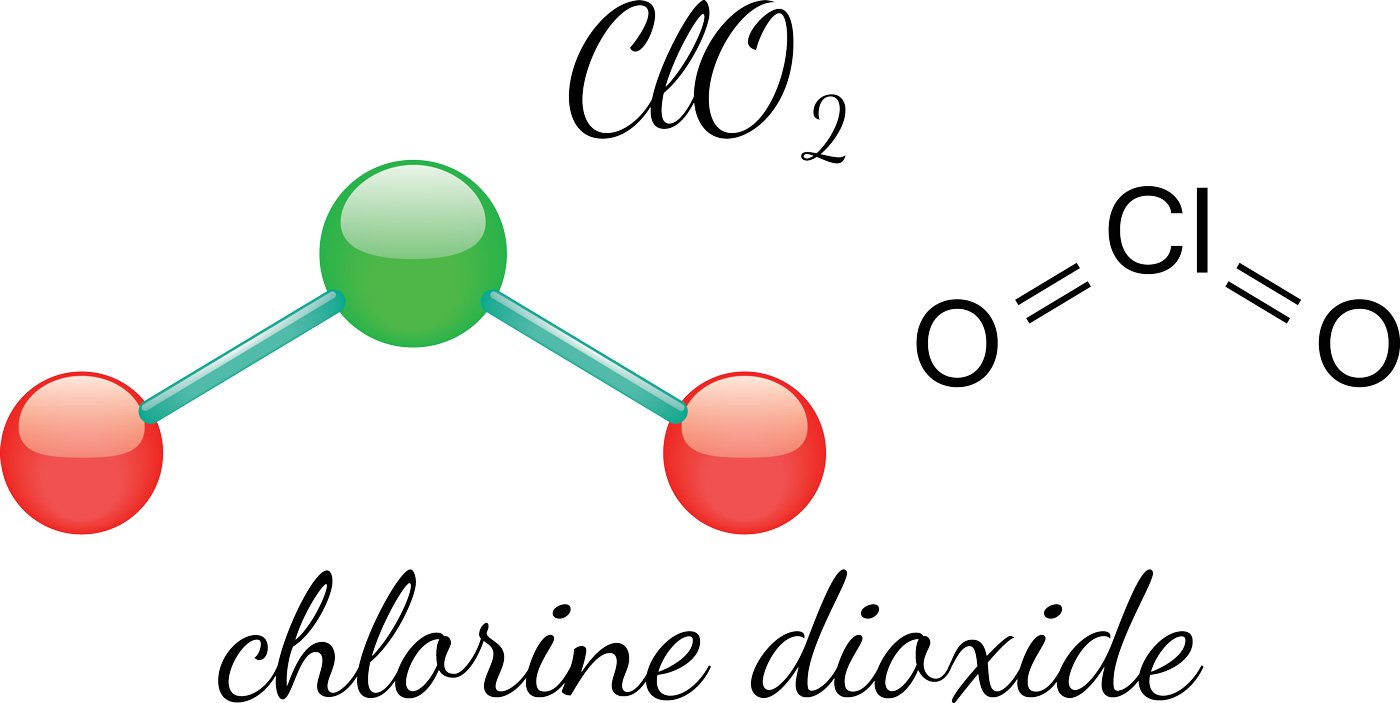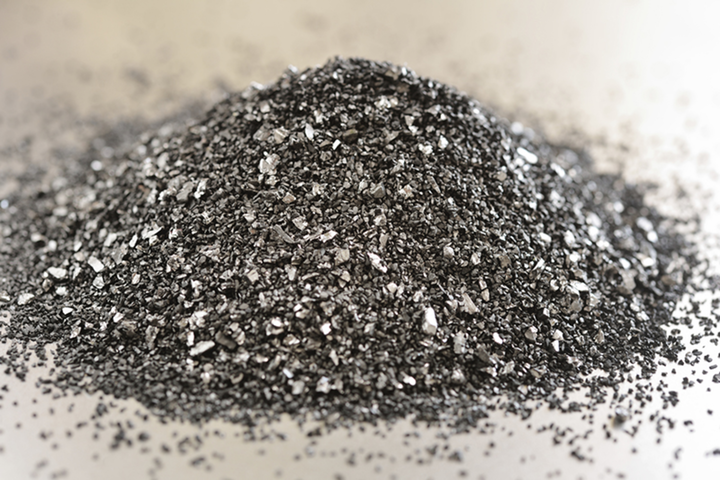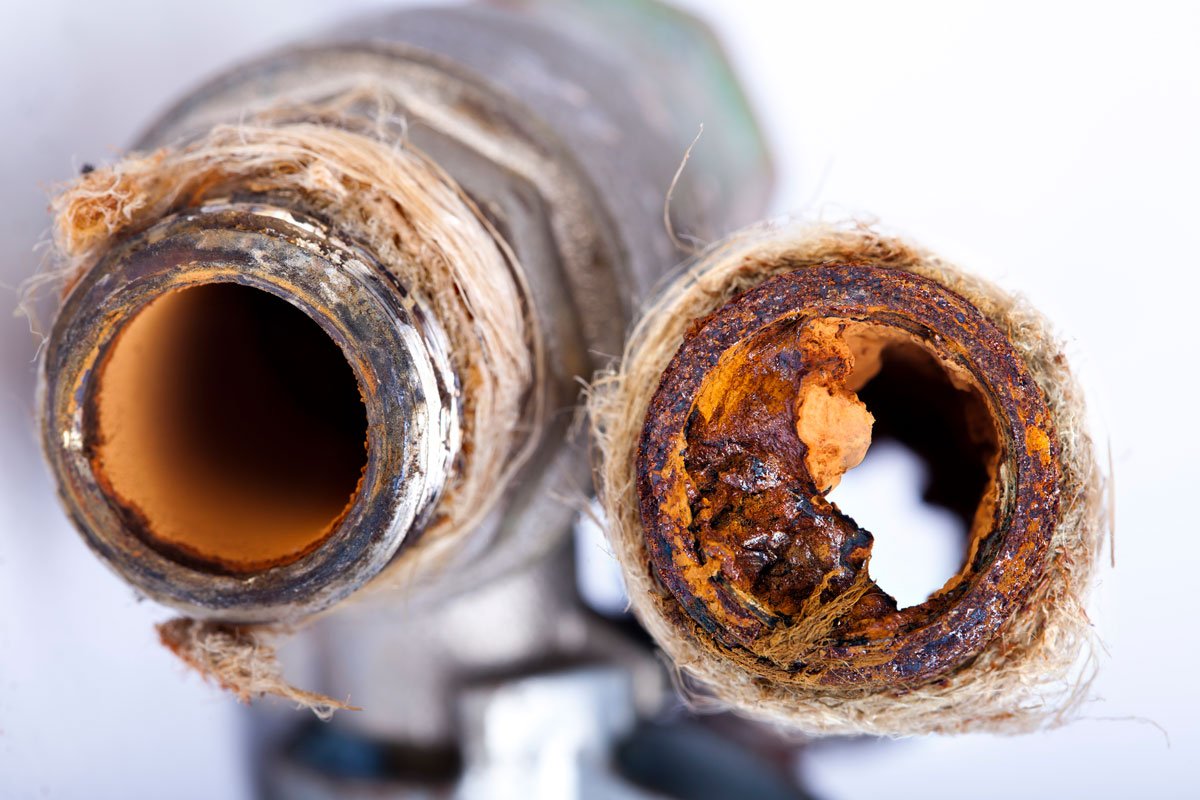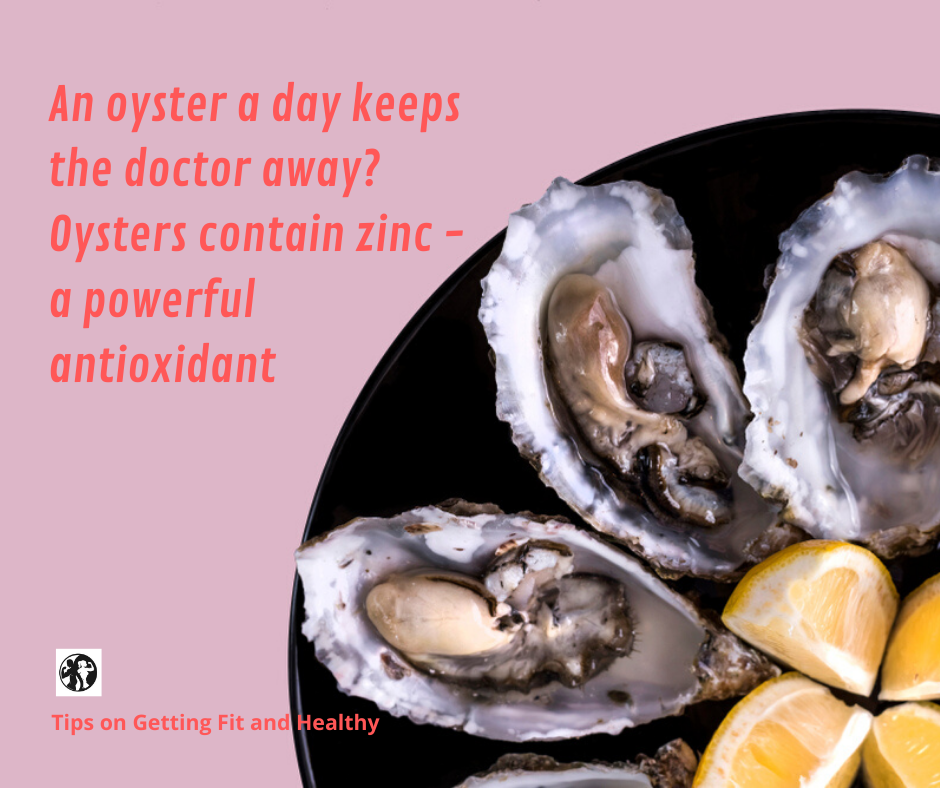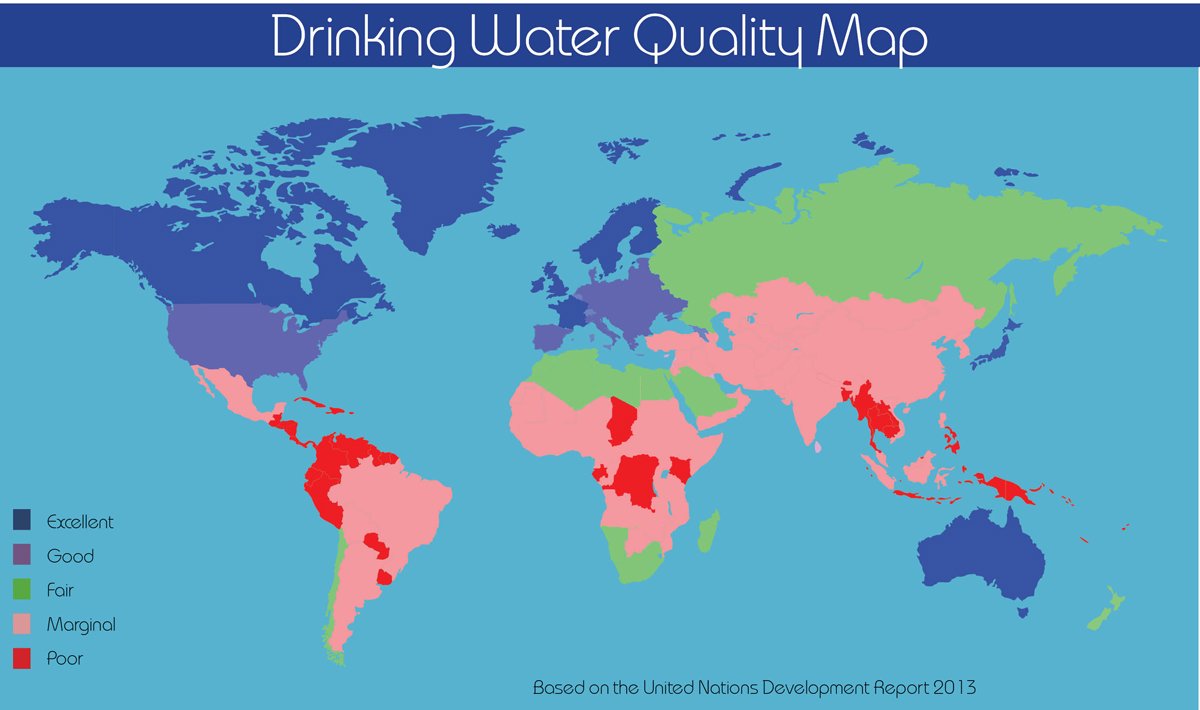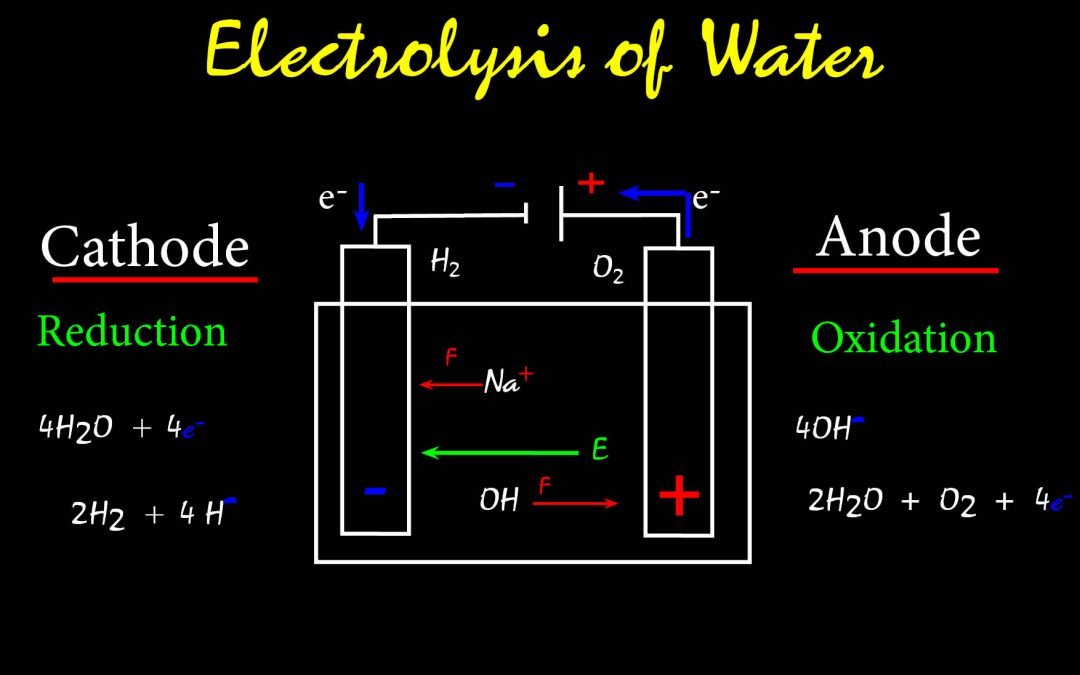
Electrolytic Water Treatment- Its Obstacles
Does Electrolytic Water Treatment really work?
The general public consciousness on the significance of safe drinkable drinking water has actually caused the development of various methods, which have actually stirred different reactions from the general public. The old methods of treating water, which is boiling are seldom practiced today amongst American homes, in spite of the fact that boiling water treatment still proves as one of the very best ways in getting rid of hazardous microbes that can trigger gastrointestinal diseases like cholera and diarrhea. There is a group of businesses believe electrolytic water treatment is a new supplementary way to clean water making it safe to drink.
The quick change of lifestyle and the fast-paced motion of people have in fact challenged the value of the development of technology on water treatment. Today more than ever some water technologies are straightforwardly expensive yet with tested efficiency and efficacy. While some water treatment innovations are gaining rave evaluations from both the consumers and the clinical community, some failed to get recognition either from both sides.
Research has shown the drinking from Ionized water has heaps of benefits. Read our Article 10 Reasons to Drink Ionized Alkaline Water
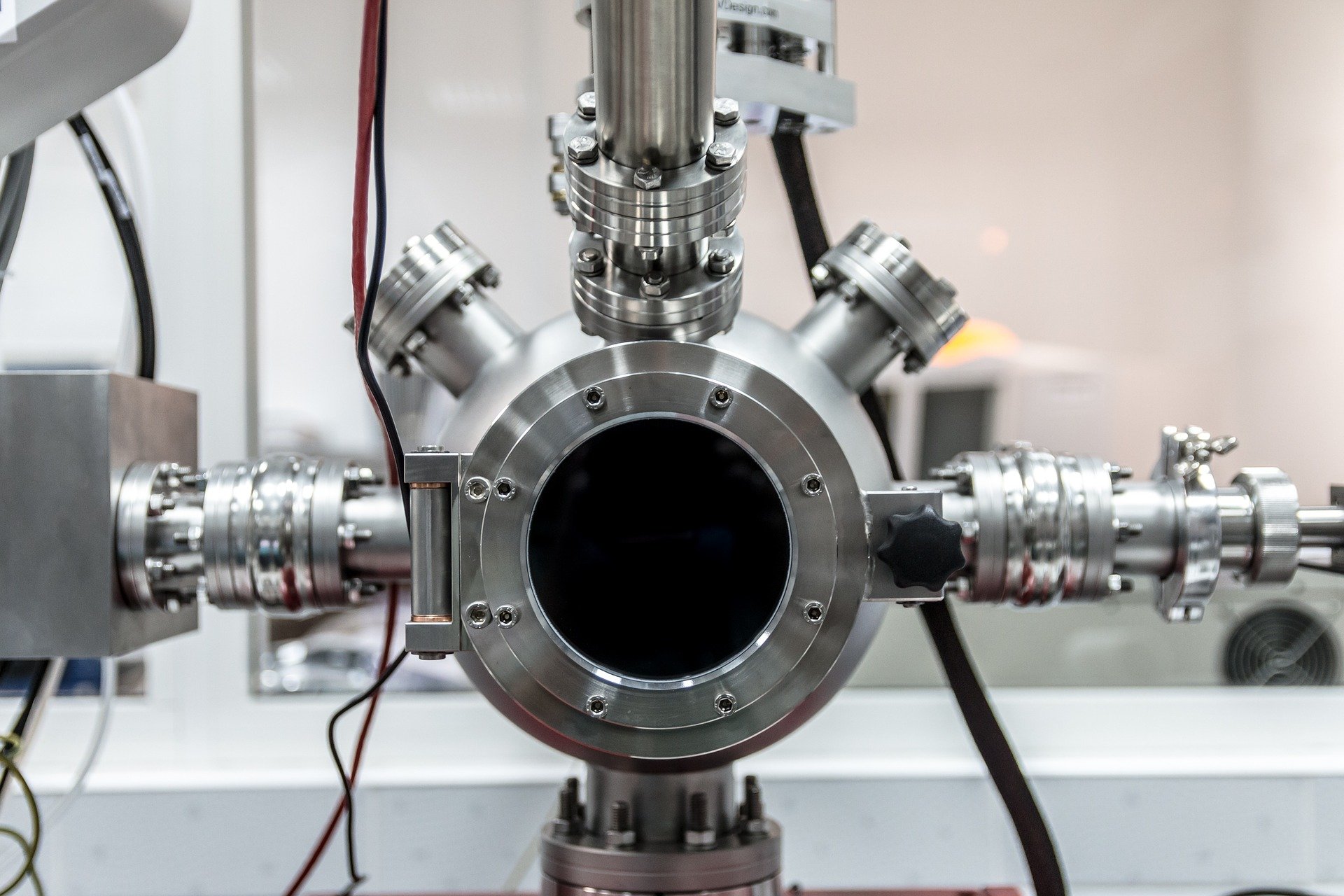
Debate on electrolytic water treatment – Cleans water Myth or Fact
Electrolytic water treatment is among the “not so lucky” water treatment technologies that did not attain accolades from the professionals of chemistry and physics fields. A significant variety of this community is still uncertain about the efficacy of electrolytic water treatment.
Electrolytic water treatment allegedly works by breaking down the water molecules by using electrical currents. Ionized water is purportedly the answer to getting safe drinking water, which can only be created by using electrolytic water treatment. Nonetheless, this claim had been facing much response from Stephen Lower, a previous member of the professors of the Department of Chemistry, Simon Fraser University in Vancouver, Canada.
Theory Refuted
Mr. Lower contested that the principle of ionized water is however for sales and marketing purposes only. It is believed that drinkable drinking water is not capable of carrying out electrical energy, which makes the introduction of electrolysis appeared futile.
Other contentions consist of that the so-called health benefits of ionized water are yet to be backed by clinical research study results. Those multiplying electrolytic water treatment devices are absolutely nothing however useless pieces that are incapable of eliminating pollutants, disinfecting harmful germs, and removal of scale formation.
Did you know that all town water is treated with some kind of filtration
Other contentions consist of that the so-called health benefits of ionized water are yet to be backed by clinical research study results. Those multiplying electrolytic water treatment devices are absolutely nothing however useless pieces that are incapable of eliminating pollutants, disinfecting harmful germs, and removal of scale formation.
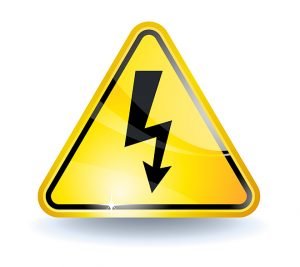 In spite of the numerous negative reactions to electrolytic water treatment, there are still lots of businesses that are constantly marketing the product. The sale of this product is still to reach its peak as there are not too many that are convinced with its marketed efficiency in dealing with water from microorganisms, scale formation, and pollutants.
In spite of the numerous negative reactions to electrolytic water treatment, there are still lots of businesses that are constantly marketing the product. The sale of this product is still to reach its peak as there are not too many that are convinced with its marketed efficiency in dealing with water from microorganisms, scale formation, and pollutants.
This water treatment technology is yet to hurdle all the obstacles in order to prove its detractors wrong. The makers of this innovation have to ensure that scientific evidence supports their claims, other sensible their effort will be for naught. Only then electrolytic water treatment can be thought about as a brilliant creation.
Ionization of water is considered healthy by many
Electrolytic water treatment allegedly works by breaking down the water molecules by applying electrical existing. Ionized water is purportedly the answer to obtaining safe drinking water, which can just be generated with the usage of electrolytic water treatment. Only then electrolytic water treatment can be thought about as a dazzling invention.

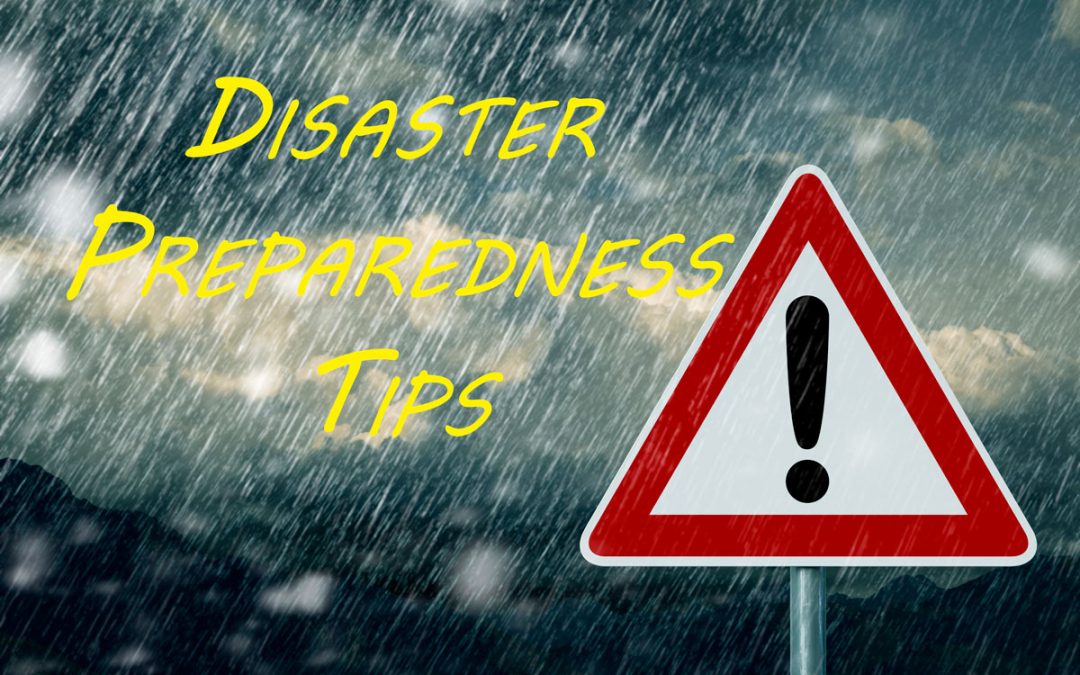
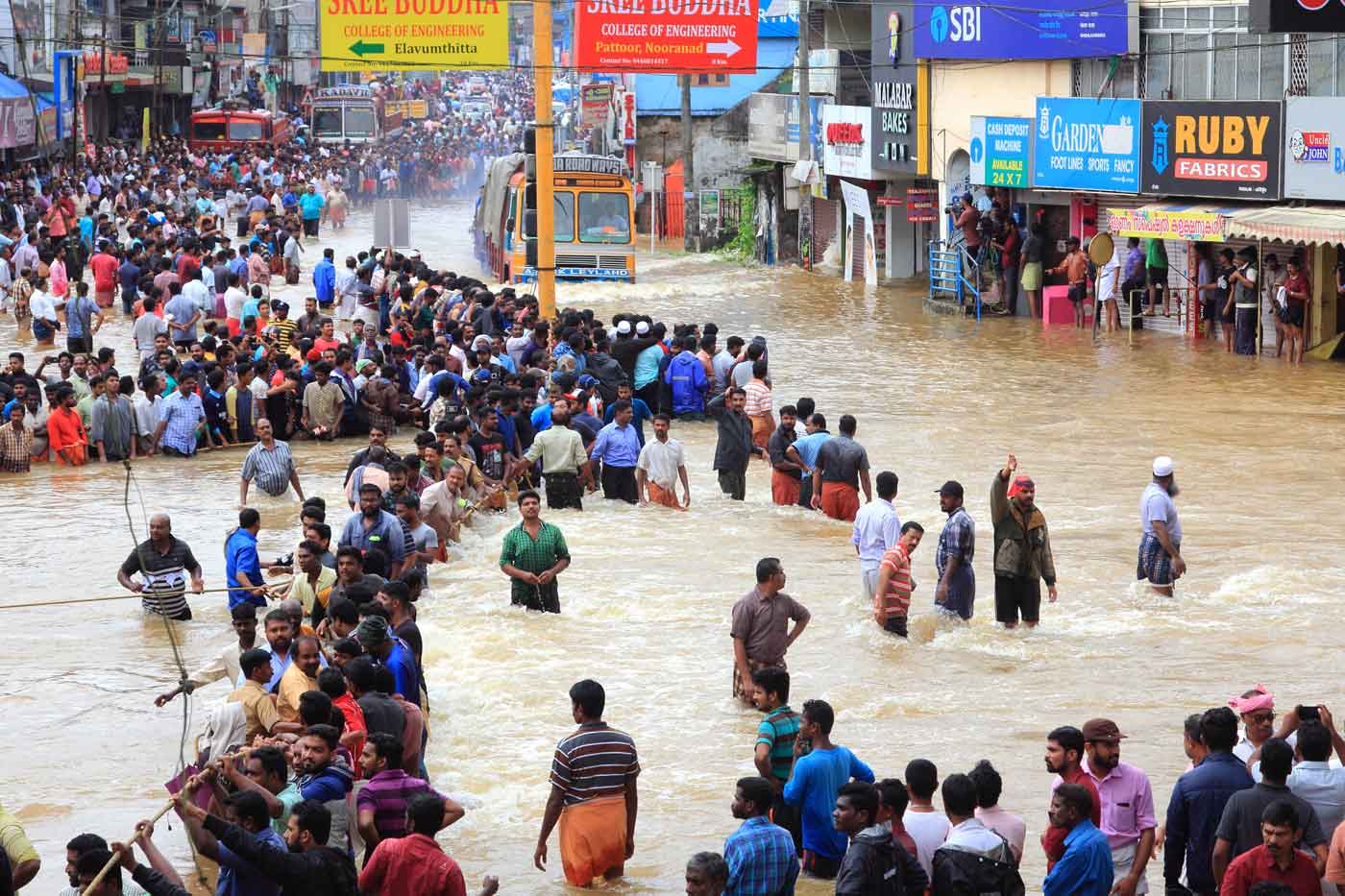
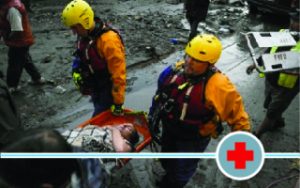 Besides your water filter or packaged water, food, shelter, lighting, a communication device (radio), waterproof matches, and tools, you will also want to figure out other things that you may find useful if your survival situation is for an extended period of time. I keep three full kits (complete with MRE food and a portable water filter) packed away just in case I may need them sometime in the future. You will probably want to get a small emergency kit or disaster readiness kit to start with and add to it over time.
Besides your water filter or packaged water, food, shelter, lighting, a communication device (radio), waterproof matches, and tools, you will also want to figure out other things that you may find useful if your survival situation is for an extended period of time. I keep three full kits (complete with MRE food and a portable water filter) packed away just in case I may need them sometime in the future. You will probably want to get a small emergency kit or disaster readiness kit to start with and add to it over time. 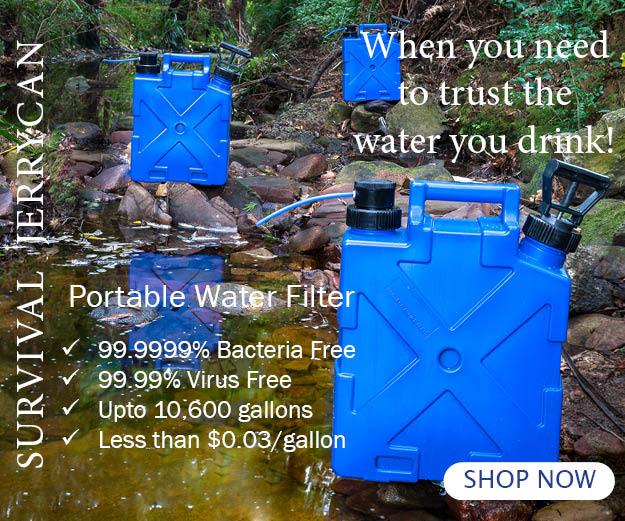
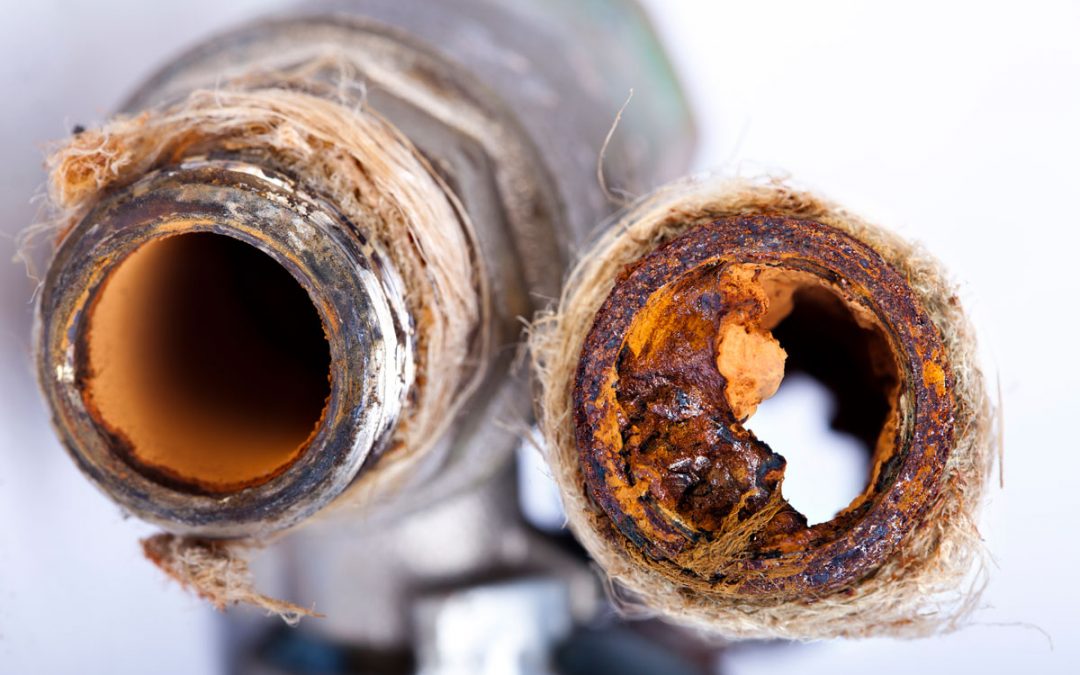

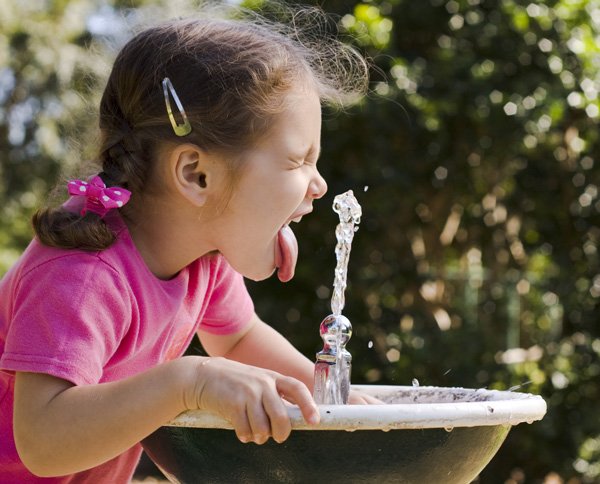
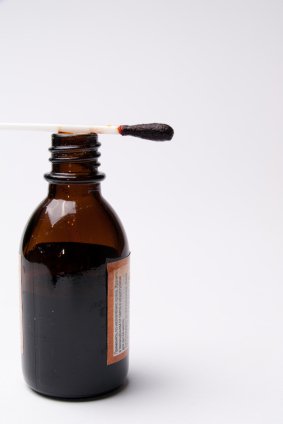 Iodine is a naturally occurring element and is present in many forms. It occurs naturally in the environment. Iodine reaches our waterways through a natural leaching process. It is also contained in table salt. At natural levels of concentrations, Iodine is normally safe for all. It is present in seawater and well as in tap water.
Iodine is a naturally occurring element and is present in many forms. It occurs naturally in the environment. Iodine reaches our waterways through a natural leaching process. It is also contained in table salt. At natural levels of concentrations, Iodine is normally safe for all. It is present in seawater and well as in tap water.